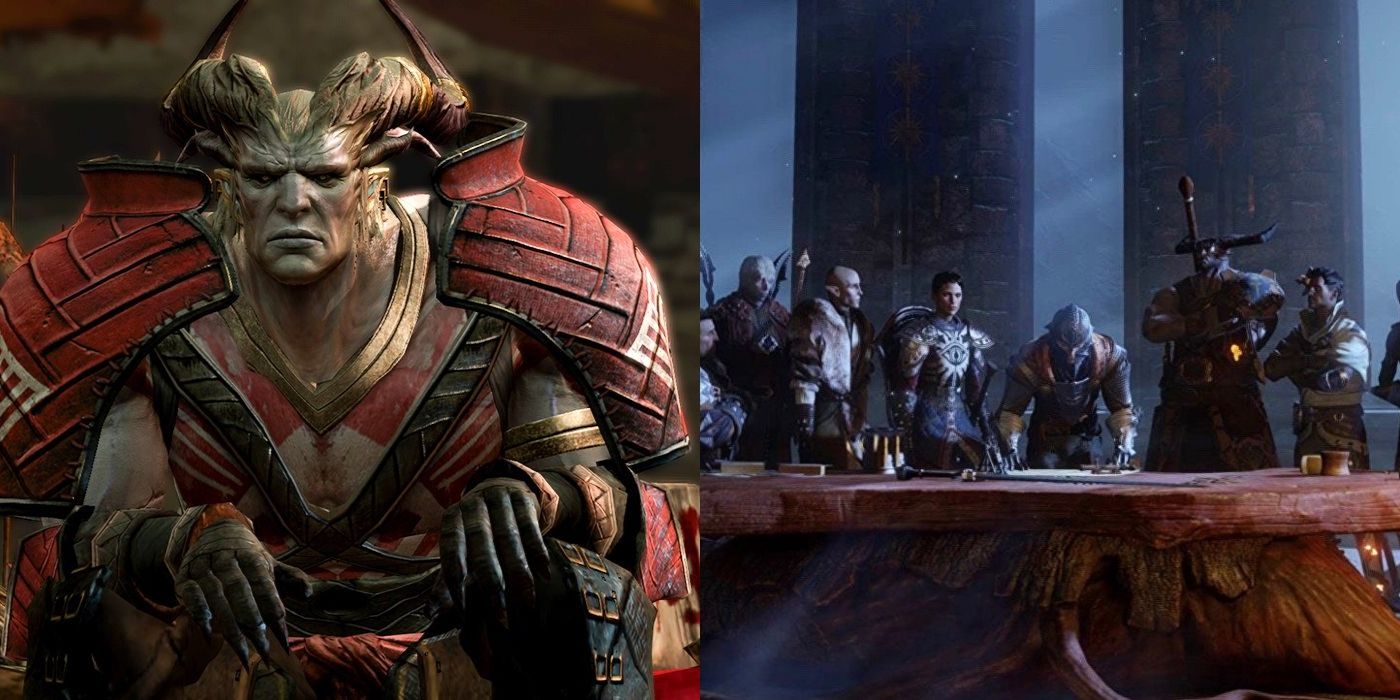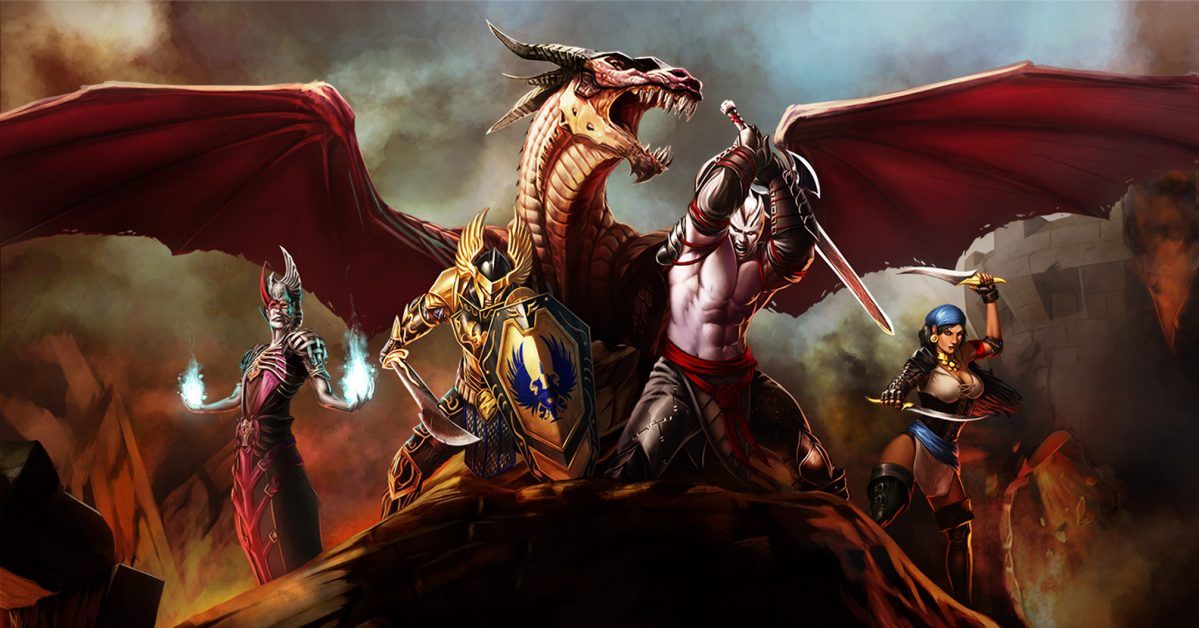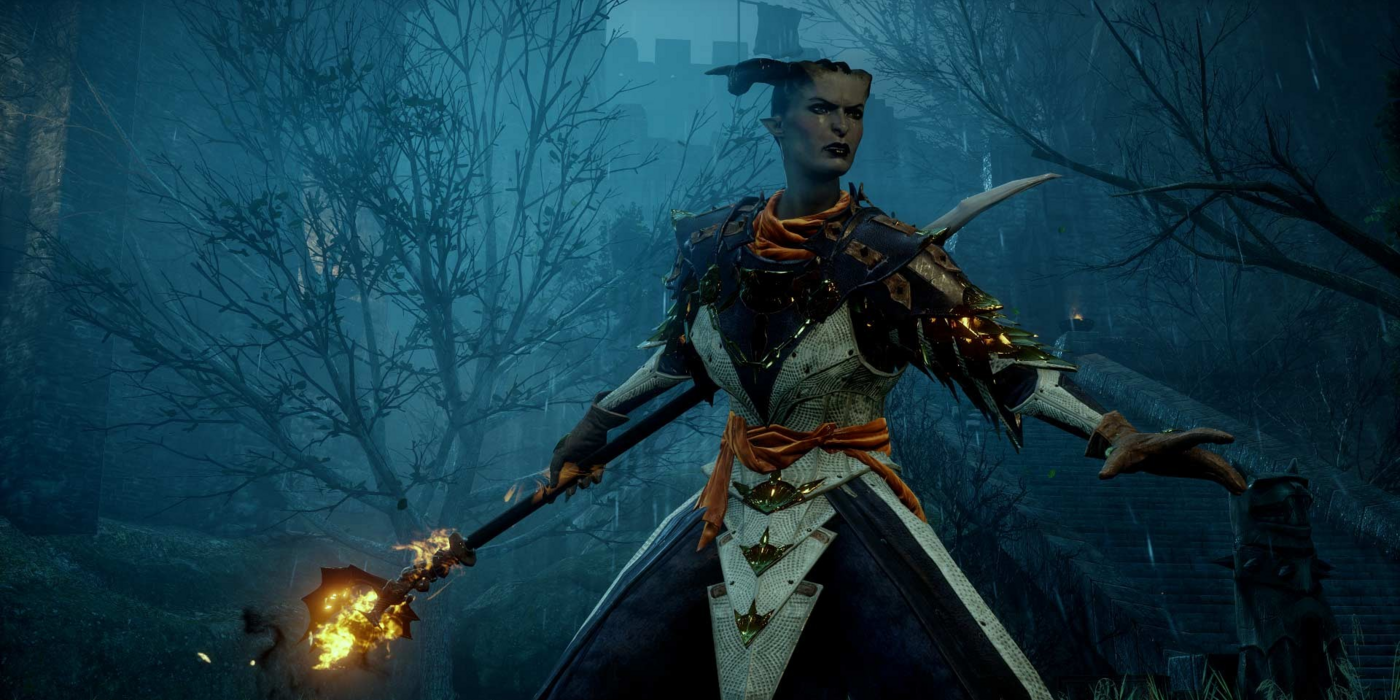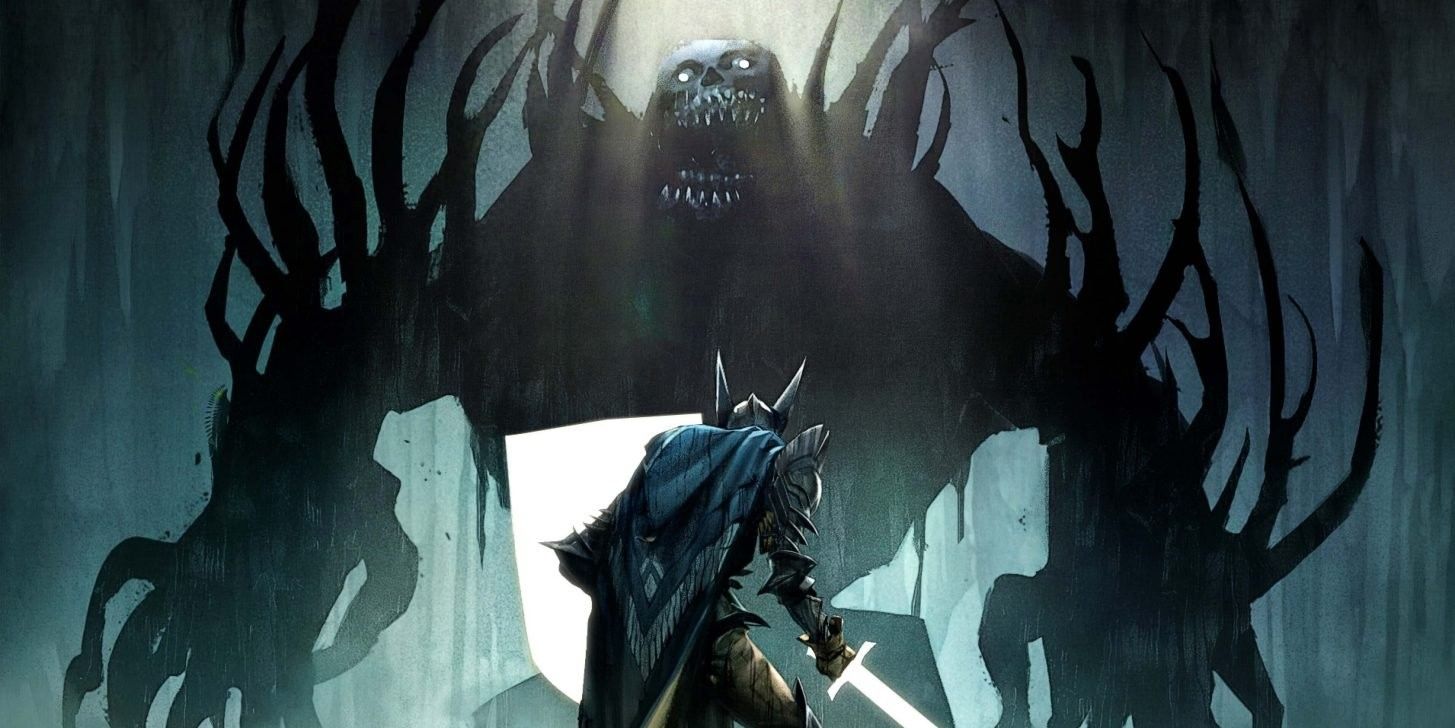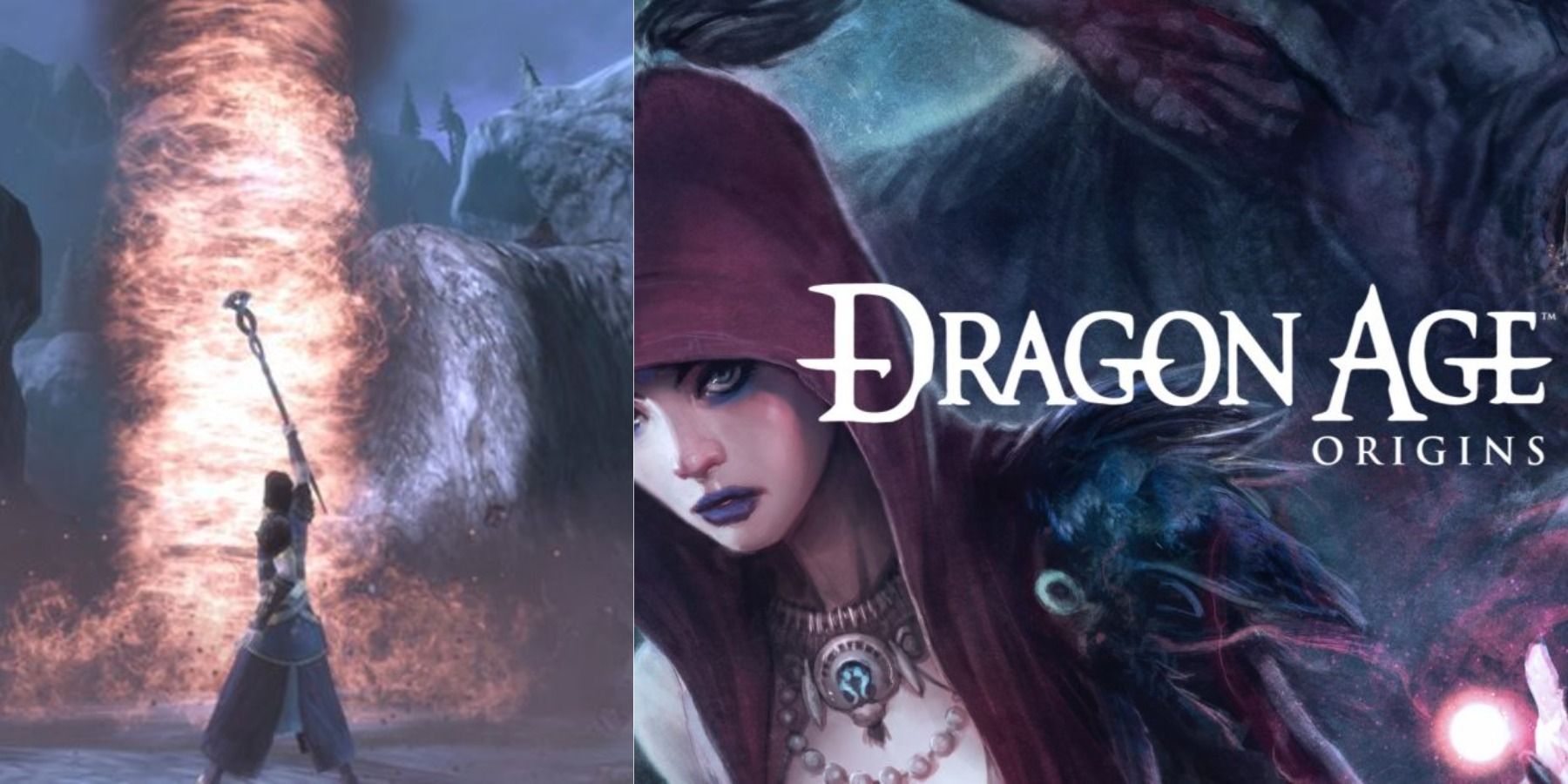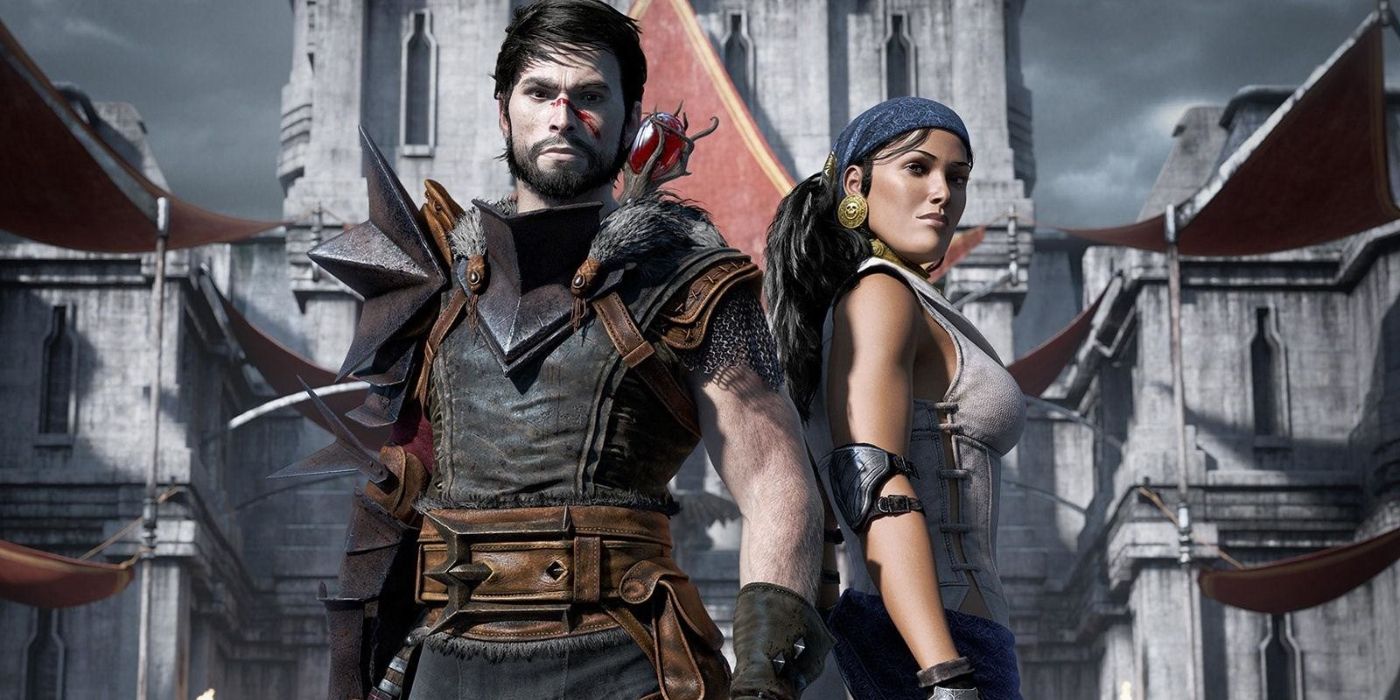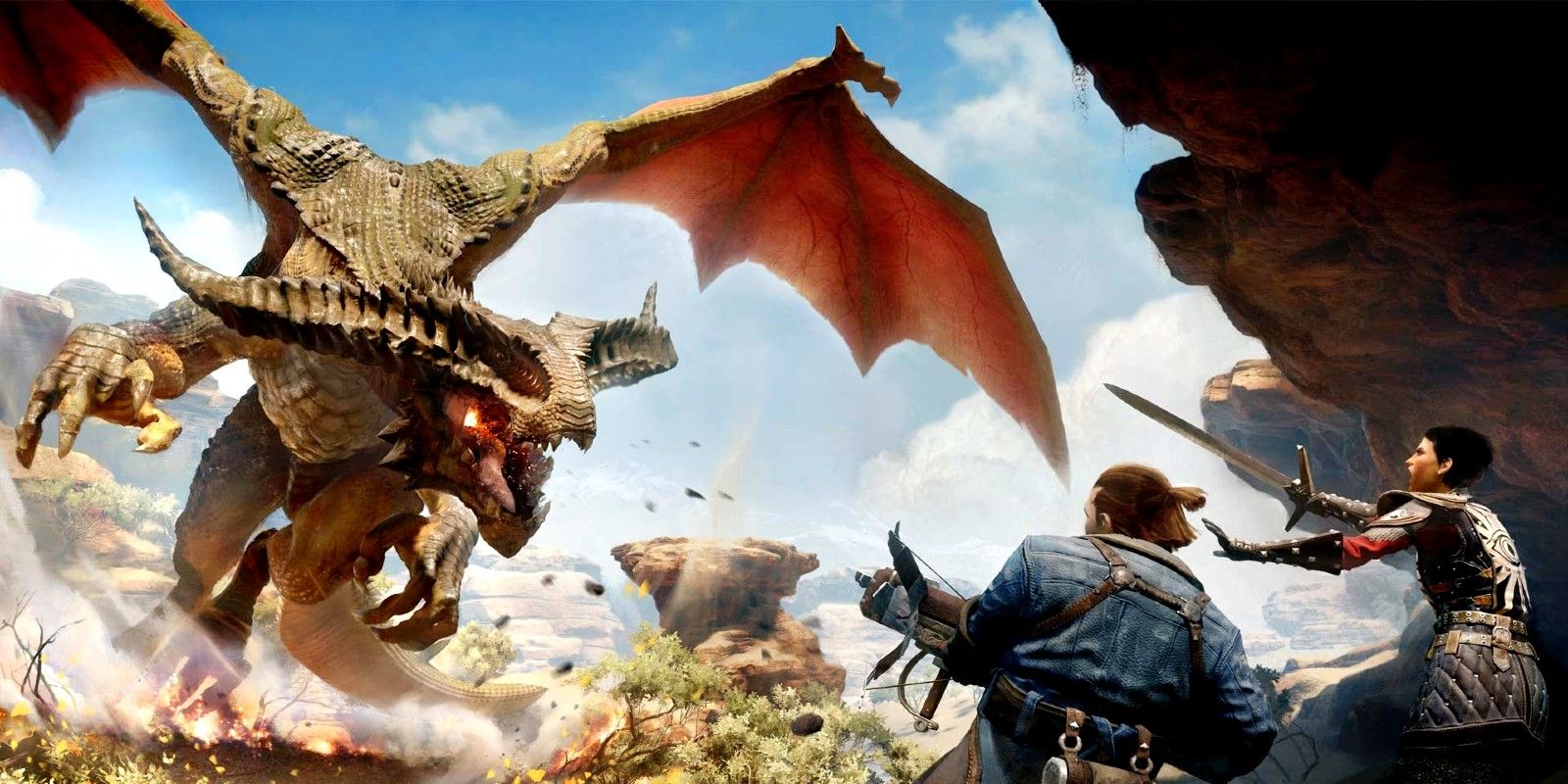The Dragon Age franchise has such a large following in part to its rather detailed storytelling and complex characters which sets it apart from many other RPG video games. The first installment, Dragon Age: Origins, starts players in the realm of Ferelden in a rather familiar Chosen One plot scenario, and the games continually get more complex and take place in new locations in the world as they go along. While fans anxiously await the release of Dragon Age 4, new and old fans alike have a lot to discuss regarding which of the existing games has the best narrative elements.
Overall, each game has its strengths and its weaknesses. Dragon Age II has the easiest-to-follow narrative but is the least exploratory while Dragon Age: Inquisition has a large open-world that allows for extensive gameplay. However, some of the installments do a better job of storytelling than others.
Heroes Of Dragon Age
Heroes of Dragon Age is a game that even many people who love the franchise haven’t heard about because it’s only a mobile game. It’s also on the older side as it was released in 2013, so it can feel a little bit lacking compared to newer mobile options. It’s an interesting game for people who love the franchise, but it isn’t an RPG in any sense.
Instead, players gather characters known as “heroes” that they then compile into fighting squadrons to compete in battle. Because of this, there isn’t much of an actual plot or narrative and most of these elements are just connected to the other games.
Dragon Age DLCs
All three of the currently existing games have multiple DLCs, and these all exist to add new content to the games. In some cases, the DLCs also include new companions. One of the best is The Exiled Prince for Dragon Age II that includes the character of Sebastien Vael.
While this additional content brings in new storytelling branches and new character interactions, they are more limited. Each DLC brings something new to the table, and they are worth investing in if you’re a huge fan that has played through the core games many times and want more. However, they aren’t meant to be standalone games.
Dragon Age 4
Dragon Age 4 hasn’t been released yet, so any claims about its storytelling ability at this point are just pure speculation. It will likely have many exciting elements that tie to the previous installments while adding entirely new characters and locations. However, it’s hard to say how it will stack up to the other three main games.
Currently, fans know that the game will include Solas from Dragon Age: Inquisition as well as the Dread Wolf, the elven god of betrayal. There are also many hints and connections to the red lyrium idol from Dragon Age II. Because Of this, it appears as if the game will incorporate many storytelling elements from all of the games before it.
Dragon Age: Origins
Dragon Age: Origins is the game that started it all, and despite being twelve years old, it still holds up rather well. The narrative is rather straightforward in that you play as a hero who belongs to a group called the Grey Wardens, and your character essentially has a Chosen One arc where they must defeat the Archdemon in order to stop the Blight. It’s rather easy to understand if you’re a fantasy story fan, but it might not be the most inventive.
There are many characters and companions from the game that have become popular, such as Alistair, Morrigan, and Zevran, but they do seem to be less complex and more trope-like than characters from later games. However, it’s still an enjoyable story to follow.
Dragon Age II
Dragon Age II has a different feel to Origins because it takes place on the Wounded Coast in the city of Kirkwall in an entirely different region from the original. The playable character begins as a refugee with nothing who has to move their way up into society and eventually becomes the Champion of Kirkwall.
Dragon Age II allows players to make more influential decisions that impact the outcome of the game and relationships with companions along the way. The game also focuses heavily on the mage versus templar moral debate which adds further depth to the story. This major conflict also impacts whether you make friends or rivals with beloved companions, such as Isabela and Fenris. Overall, the world and character building are fascinating, and there is more nuance here than in the original. However, it doesn't allow for as many secrets to unfold as it's more straightforward.
Dragon Age: Inquisition
It’s hard to decide which game is better in regards to storytelling: Dragon Age: Inquisition or Dragon Age II because they are both good but very different. Dragon Age II creates a rather focused world with fewer locations and a through-line that’s easier to follow. However, it does lack the more expansive and exploratory elements that some players love.
Dragon Age: Inquisition, on the other hand, is packed with locations to explore, lore to discover, and connections to make. In the end, the player’s character has to use their special ability to close fade rifts to help Thedas and address the civil war in Orlais. Players are also able to change many outcomes of the game by their choices. However, it can be easy to miss things and lose the main plot with so many options for side quests and exploration. The companions in this game also vary in quality with some being well-rounded and others less likable.

